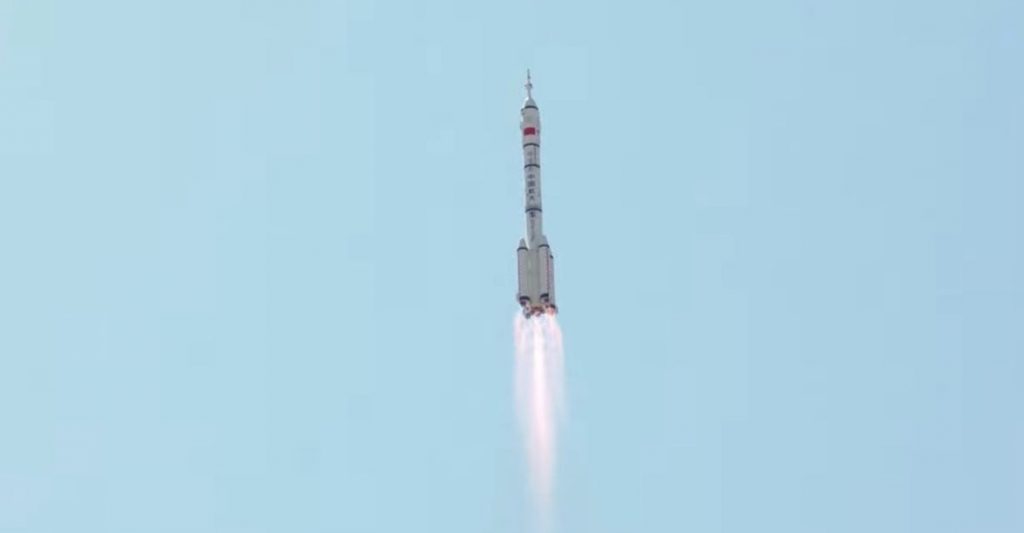For the second time in two years, China has launched a classified reusable vehicle on a mystery mission to Earth orbit.
A Long March 2F rocket carrying a “test spacecraft” lifted off from Jiuquan Satellite Launch Center in the Gobi Desert on Thursday (Aug. 4; Aug. 5 Beijing time), China’s state-run Xinhua news agency reported.
“The test spacecraft will be in orbit for a period of time before returning to the scheduled landing site in China, during which reusable and in-orbit service technology verification will be carried out as planned to provide technical support for the peaceful use of space,” Xinhua wrote (opens in new tab) (in Chinese; translation by Google).
Related: The latest news about China’s space program
That’s about all we know; Xinhua’s update is just two paragraphs long and provides no further detail. But the mystery vehicle is thought to be a robotic space plane, perhaps one roughly the same size as the U.S. Space Force’s X-37B, based on the Long March 2F’s considerable payload capacity, SpaceNews reported (opens in new tab).
China also launched a reusable test spacecraft in September 2020, under a similar cloud of secrecy. That vehicle — which may or may not be the same one that lifted off on Thursday — stayed aloft for two days and released a small payload in orbit before coming down for a landing in China, SpaceNews noted.
For comparison, the X-37B space plane has been orbiting Earth for more than 800 days on its latest mystery mission, the sixth for the X-37B program. The Space Force is thought to have two of the 29-foot-long (8.8 meters), Boeing-built space planes in its fleet.
The Jiuquan launch was part of an extremely busy day in spaceflight. Thursday featured six rocket launches, starting with Rocket Lab’s lofting of a spy satellite for the U.S. National Reconnaissance Office at 1 a.m. EDT (0500 GMT).
Also on Thursday, a United Launch Alliance Atlas V launched a missile-warning satellite for the Space Force; Blue Origin sent six people to suborbital space; China launched the TECIS 1 Earth-observation satellite; and South Korea’s Danuri moon probe lifted off atop a SpaceX Falcon 9 rocket.
Mike Wall is the author of “Out There (opens in new tab)” (Grand Central Publishing, 2018; illustrated by Karl Tate), a book about the search for alien life. Follow him on Twitter @michaeldwall (opens in new tab). Follow us on Twitter @Spacedotcom (opens in new tab) or on Facebook (opens in new tab).

